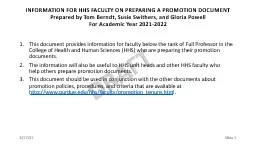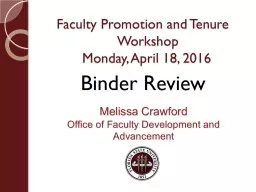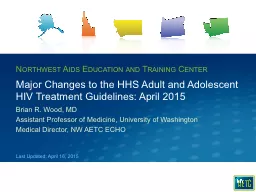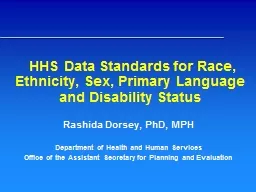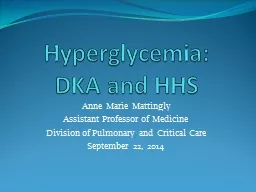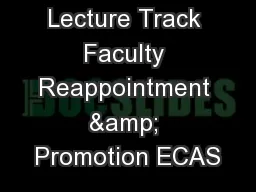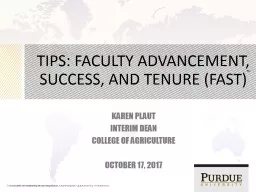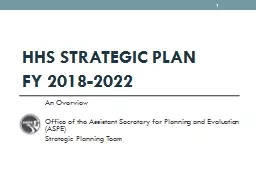PPT-INFORMATION FOR HHS FACULTY ON PREPARING A PROMOTION DOCUMENT
Author : HoneyBun | Published Date : 2022-08-03
Prepared by Tom Berndt Susie Swithers and Gloria Powell For Academic Year 20212022 This document provides information for faculty below the rank of Full Professor
Presentation Embed Code
Download Presentation
Download Presentation The PPT/PDF document "INFORMATION FOR HHS FACULTY ON PREPARING..." is the property of its rightful owner. Permission is granted to download and print the materials on this website for personal, non-commercial use only, and to display it on your personal computer provided you do not modify the materials and that you retain all copyright notices contained in the materials. By downloading content from our website, you accept the terms of this agreement.
INFORMATION FOR HHS FACULTY ON PREPARING A PROMOTION DOCUMENT: Transcript
Download Rules Of Document
"INFORMATION FOR HHS FACULTY ON PREPARING A PROMOTION DOCUMENT"The content belongs to its owner. You may download and print it for personal use, without modification, and keep all copyright notices. By downloading, you agree to these terms.
Related Documents

